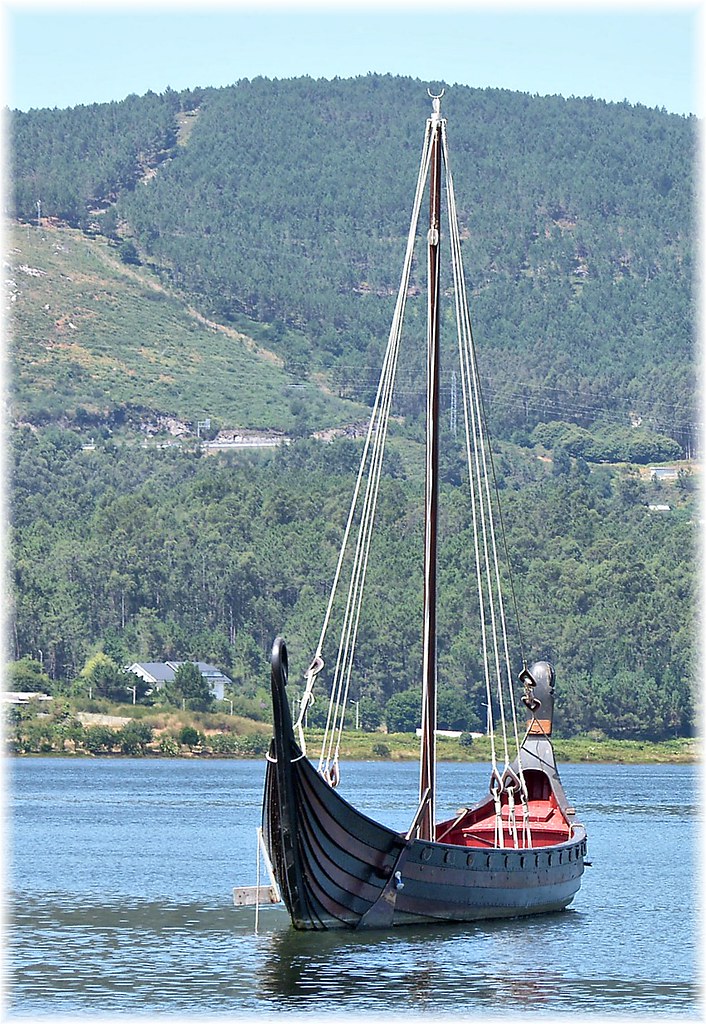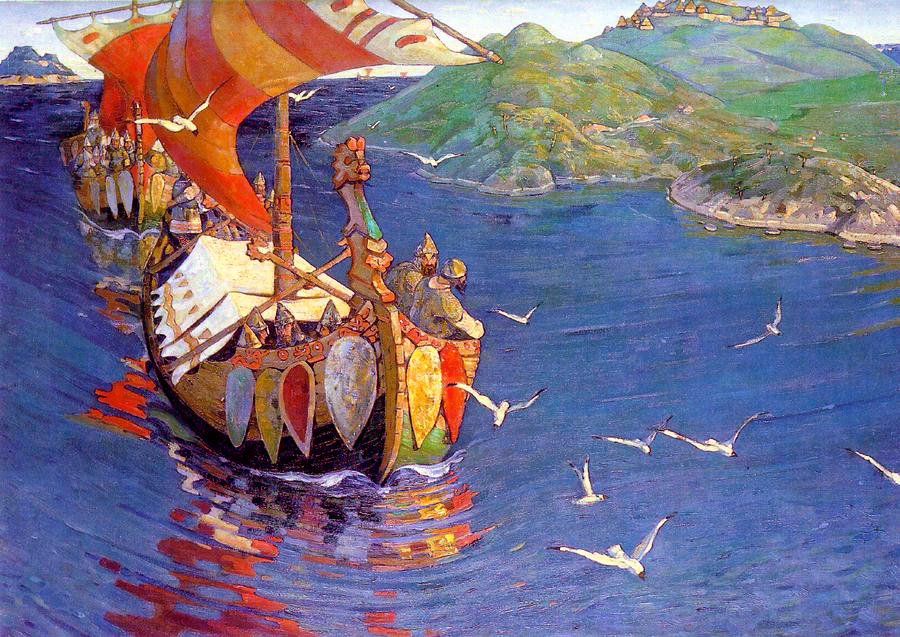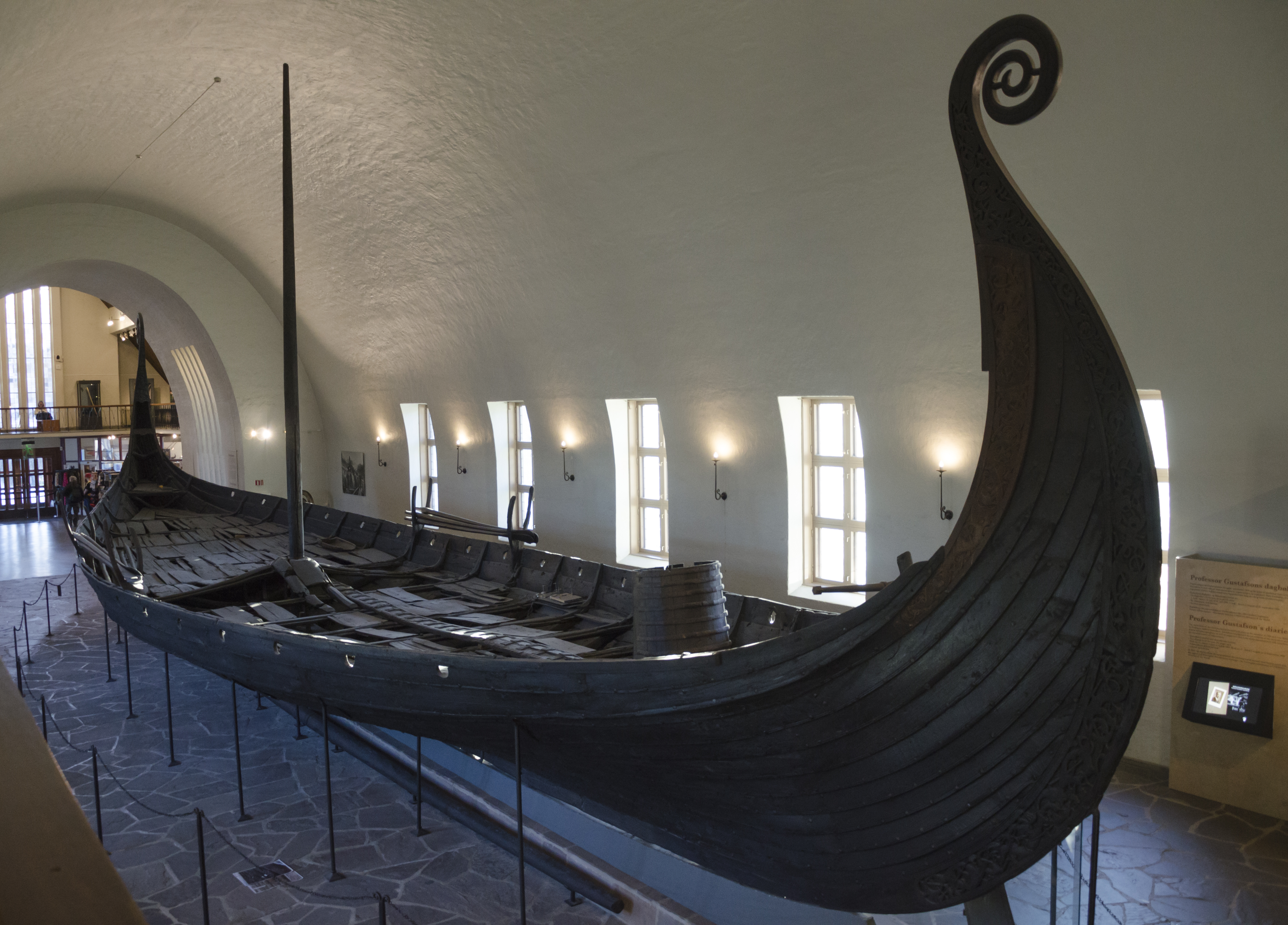From around A.D. 800 to the 11th century, a vast number of Scandinavians left their homelands to seek their fortunes elsewhere. These seafaring warriors are known collectively as Vikings.

Image source:https://search.creativecommons.org/photos/de8c2cba-8b88-4571-9c33-5f3f3a499d9c by Helgi Halldórsson/Freddi
Who Were the Vikings?
The Vikings were not a “race” linked by common ancestry or patriotism. Most of the Vikings and their known activities originate from the areas now known as Denmark, Norway, and Sweden, although there are mentions of Finnish, Estonian, and Saami Vikings. Their common ground–and what made them different from the peoples of Europe–was that they came from a foreign land, they weren’t “civilized” in the local understanding of the word and they weren’t Christian.

Image source: https://search.creativecommons.org/photos/6b047036-0fc8-44df-abcc-b31160a795a7 by jl.cernadas
The reasons why the Vikings venture out of their homeland are uncertain; some argue it was due to the overpopulation of their homeland, however, the early Vikings sought riches, not land.
Viking Age
The period known as the Viking era of Scandinavian history goes from the first raids in the 790s to the Norman conquest of England in 1066. For the sea routes to the south, the Vikings used the Norwegian Sea and Baltic Sea. The Normans were descended from the Vikings who were given the feudal lordship of the areas in northern France—the Duchy of Normandy—in the 10th century. The descendants of the Vikings continued to have an influence in northern Europe. Likewise, the last Anglo-Saxon king of England, King Harold Godwinson, had Danish ancestry. Two Vikings ascended the throne of England, Sweyn Forkbeard who claimed the English throne in 1013–1014, and his son Cnut the Great who became king of England from 1016–1035.

Image source: https://en.wikipedia.org/wiki/Vikings#/media/File:Nicholas_Roerich,_Guests_from_Overseas_(corrected_colour).jpg
Image source: https://search.creativecommons.org/photos/cf2056a7-c6a2-49f9-8c01-48fc9ccd8238 by David Clark
What made the Vikings different from other European peoples was religion, at that time all Scandinavian kingdoms were Christian, and the culture of Christian Europe absorbed what remained of Viking “culture”.
New trades and technologies
Between the 8th and 11th centuries, Europe saw significant technological advances. To understand these changes, we have to see them in the context of increasing contact between Scandinavia, the British Isles, and continental Europe, in which the Vikings were key players. Technological innovations such as the potter’s wheel and the vertical loom transformed not only the types of products being manufactured in Viking settlements, but also the scale on which they were produced.
Skilled metalworkers and carpenters
The Vikings were not only fierce warriors, but also accomplished farmers and craftspeople. The less skilled metalworkers produced farming tools while the most skilled would specialize in making the finest weapons, such as swords.

Image source: https://search.creativecommons.org/photos/dbf8f2a3-a4af-4a5d-9540-717e3c053d02 by dalbera

Image source: https://search.creativecommons.org/photos/ea1ee53c-644c-43f3-a9d3-83fb92b68d4c by Albion Europe ApS
As well as making weapons for battle, metalworkers also made armor. Helmets were worn by Viking warrior chieftains or wealthy jarls (nobles). Poorer fighters wore leather caps or hats lined with fur. Wealthy Viking warriors also wore chain-mail tunics, while poorer warriors wore leather vests or padded jackets.
Vikings were also skilled carpenters and shipbuilders. The Oseberg ship is nearly 22 meters long and has 30 oar holes (15 on each side). Note its low, curved hull made of evenly bent planks and its elaborately carved prow (front) and stern (back). Its design shows evidence of the great skill of Viking shipbuilders. Ships like these enabled the Vikings to travel great distances over the seas and discover foreign lands. Their encounters with other cultures also helped them to become skilled traders, exchanging many of their well-made goods (such as leathers, jewelry, furs, and woolens) for foreign foods and luxurious items.

Image source: https://search.creativecommons.org/photos/da1ffd6a-7cca-41ff-bba4-13abcffe432d by Petter Ulleland
Viking Art and Craftmanship
Viking artisan also made fine jewelry and other luxury items. The jewels were a way to demonstrate their social standing and wealth. Gold and silver jewelry were worn by those who had more wealth and power while those of lesser importance wore bronze or pewter jewelry. Sometimes silver coins and candlesticks seized during raids were melted down to make jewelry.

Image source: https://search.creativecommons.org/photos/4a5f3071-ce46-46d2-9bbb-5f8236783ada by listentoreason
- Brooches: among the most recognizable Viking artifacts are their brooches which signified gender, status, and ethnicity. Work is underway to reveal the technology used in their manufacture.
- Glass bead jewelry: pearls were made in Scandinavian cities by carefully manipulating colored glass as it melted. The raw glass used in this process came in the form of colored tiles: small, square blocks from the Mediterranean, where they were used to produce mosaics.
- Comb-making: animal bones were among the most important materials in pre-modern technology: a durable, flexible, readily available raw material used for everything from knife handles to ice skates. Many of these items could be made quickly but Vikings combs not. These large, ornate, objects took days and an expert hand to craft. Specialized tools such as saws, rasps, and polishers were needed, and deer antler was the material of choice.
Over the next three centuries, they would make their mark as pirates, marauders, traders, and settlers across much of Britain and mainland Europe, as well as parts of modern-day Russia, Iceland, Greenland, and Newfoundland.
The name Viking derives from the Scandinavians themselves, from the Old Norse word “vik” (bay or stream) which formed the root of “vikingr” (pirate).
The Vikings were also known as Ascomanni (“ashmen”) by the Germans for the ash wood of their boats, ”Dubgail and Finngail” (“dark and beautiful strangers”) by the Irish, Lochlannach (“person of the lake”) by the Gaels and Dene from the Anglo- Saxons.
All these names show how much the Vikings traveled around the world, thanks to advanced navigational skills, Viking activities also extended to the Mediterranean coast, North Africa, the Middle East, and Central Asia. Following phases of exploration, expansion, and settlement, (mainly by sea or river), Viking (Norse) communities and political systems were established in various areas of north-western Europe, European Russia, the North Atlantic islands, and up to the north-eastern coast of North America. This period of expansion saw the widest spread of Norse culture while introducing strong foreign cultural influences into Scandinavia itself, with profound developmental implications in both directions.

Info Source:
http://www.bbc.co.uk/history/ancient/vikings/
https://www.history.com/topics/exploration/vikings-history
https://en.wikipedia.org/wiki/Vikings
http://www.science20.com/the_conversation/vikings_were_craftsmen_too-153378
